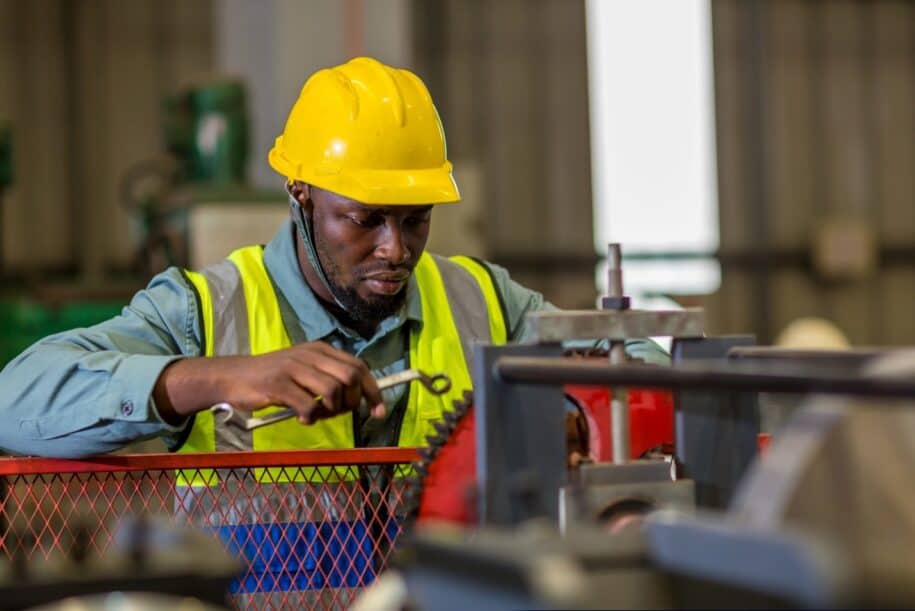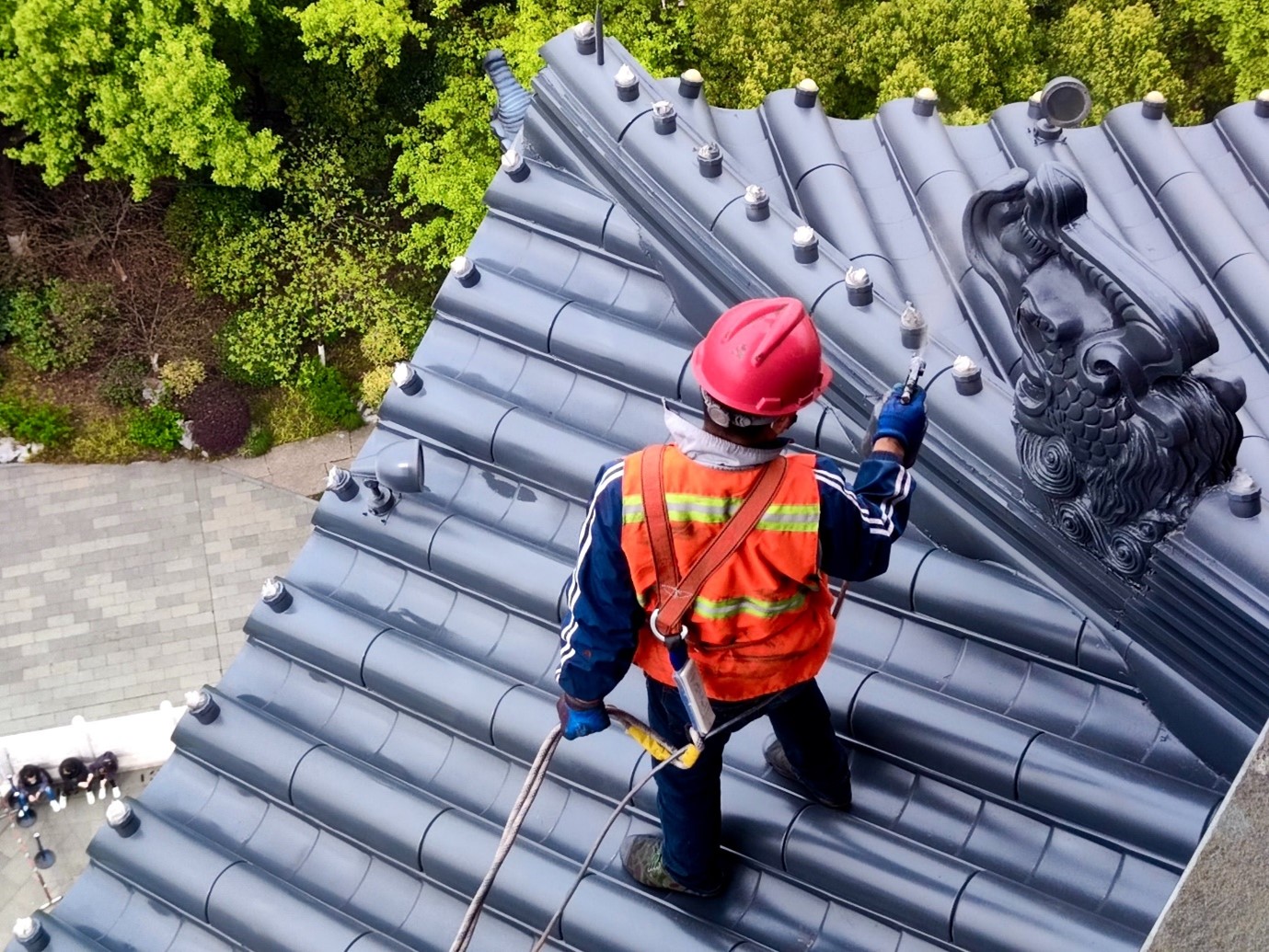Manufacturing plants contain numerous dangers that can injure and even kill workers. Common hazards include chemicals, slips and falls, electrical hazards, fast-moving forklifts, and machines with moving parts. Machinery with moving parts has the potential to cause serious workplace injuries, for example, crushed hands and fingers, amputations, burns, getting body parts caught in a machine, and even blindness. Not only are some of these accidents life-altering for the worker(s) involved, but they can also be very costly to the company and will likely lead to increased workers’ compensation rates and heavy OSHA (Occupational Safety and Health Administration) fines.
OSHA’s Regulation
Given the severity of the risk involved with operating certain machinery, it should come as no surprise that OSHA has longstanding regulations that address how to work safely around machinery and moving parts by implementing proper machine guarding. The goal of machine guarding is to protect workers from hazards that arise while a machine is in operation. Areas on machines that require guarding include nip points, pinch points, rotating parts, moving belts, punching, and shearing points, and areas with flying chips, sparks, and other materials.
OSHA requires that any machine part, task, or process that could cause injury must be protected. Machine guarding typically applies at the “point of operation” which is the location on or near the machine where work is performed but can also be required for the power transmission apparatus and other moving parts. Some machines may need to be safeguarded at multiple points.
There are several different types of guards. Machine guards can be fixed, interlocked, adjustable or self-adjusting. A fixed guard is built into the machine and does not rely on moving parts to function. Fixed guards are made of material sturdy enough to withstand impact and endure prolonged use like mesh, metal, or plastic. Fixed guards, which are very common, put a barrier between the worker and the hazard. Interlocked guards have a tripping mechanism that automatically shuts off or pauses the machine when the guard is opened or removed. The machine will not be able to start back up until the guard is put back in place. Adjustable guards provide an adjustable barrier and are flexible and can accommodate different sizes of material. Self-adjusting guards automatically resize their openings to admit materials. When the operator moves the material near the hazardous area, the guard is pushed away, leaving an opening that is only big enough to accommodate that material. Once the material is removed, the guard goes back to the rest position.
The following are the minimum OSHA requirements that machine guards must comply with:
- Prevent contact – Hands, arms, and any other part of the operator’s body must be blocked from any dangerous moving parts.
- Secure – Machine operators should not be able to easily remove or tamper with guards. Guards and safety devices should be made of durable material that can withstand the conditions of normal use and must be firmly attached to the machine.
- Protect from falling objects – Machine guards need to keep objects from falling into areas with moving parts.
- Create no new hazards – A guard must not create a new hazard (e.g., a shear point, a jagged edge, an unfinished surface, etc.) that could cause an injury.
- Create no interference – Any guard that greatly decreases the efficiency of job performance might soon be overridden or disregarded. Proper safeguarding should positively affect the speed and accuracy of operations as it removes hesitations that come with concerns about an injury.
- Allow safe lubrication – When possible, operators should be able to maintain the machine without having to remove the guards.
Complying with Machine Guarding Regulations
To ensure compliance with OSHA’s regulations, companies must identify all the machinery and potential hazards in their workplace that require machine guarding. Companies should also make sure that all machine inspections, maintenance, and repairs are performed regularly and safely. If guards are removed from machinery, the power should be turned off and locked to prevent accidental start-up. Lastly, companies should make certain that workers who operate hazardous machinery are trained on the hazards of each machine and the importance of machine guards. Using EHS software to comply with OSHA’s machine guarding requirements can be a tremendous time saver. The software can enable the maintenance and management of an inventory for all machinery that requires guarding, streamline the audit process to ensure all machines are properly guarded, and track and document assigned training.
Publisher Bio
The SafetyStratus Research Advisory Group (RAG) brings together thought leaders from the global environmental, health, and safety community to promote best practices and provide key insights in the profession and the industries they serve. The Research Advisory Group also advocates, where practical, the intersection of and advances with the use of technology, such as the SafetyStratus enterprise EHS software platform. Group membership consists of representatives from across varied disciplines and market sectors as well as select members of the SafetyStratus team.
The primary objectives of the SafetyStratus RAG partnership are to:
- Build a strategic partnership between EHS practitioners and the SafetyStratus team.
- Provide engaging and practical content to the global EHS community.
- Provide discipline and market feedback specific to SafetyStratus products and services.
While the objectives of the RAG are varied, the primary public-facing outcome will be available through engaging and practical content found on the SafetyStratus resource pages. Various articles, papers, and other valuable resources will be produced and shared as part of an ongoing effort to cultivate a robust community. Ultimately, the SafetyStratus RAG will expand to have a broader reach and provide opportunities for more inclusion by all interested EHS professionals in a collaborative community environment.



